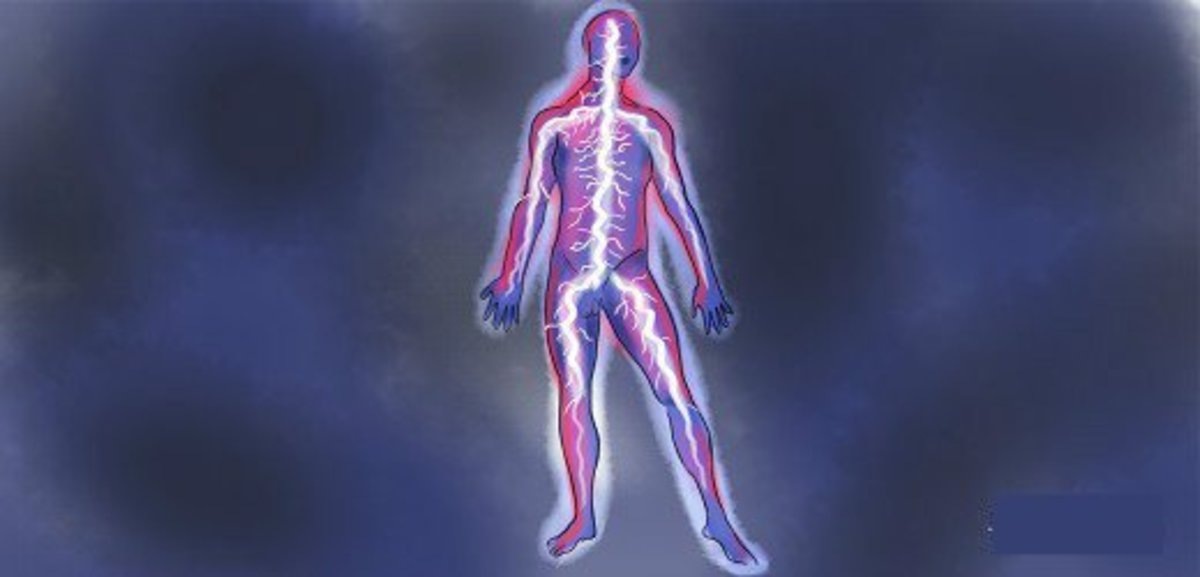Fever: Health Significance As A Major Symptom Of Infections And Mechanism Of Effect
Fever In A Pediatric Patient

A General Overview Of Fever
Fever is perhaps the most common manifestation of ill health and it is an early and nonspecific hody response to many harmful agents. Both endogenous and exogenous substances act as pyrogens by their effect on the thermo-regulatory mechanism. Normal body temperature remains almost constant around 370+ 0.50C. Temperature of the inner tissues and viscera (core temperature) is more constant. Rectal and esophageal temperatures are more representative of the core temperature, the latter being more accurate. Shell temperature is the temperature of the limbs and surface layers of the trunk.
Heat is produced by metabolic processes and muscular activity. Metabolic processes being slow, serve to elevate the body temperature gradually, but steadily. Rapid rise of temperature is achieved by intense muscular activity in the form of rigor. Loss of heat is by evaporation of sweat, radiation from the surface, conduction, convection and to a small extent in warming the expired air, urine and feces. Adjustments of body temperature are made by altering both these processes. Fever is invariably an index of organic disorder. Temperature is ideally recorded using a clinical thermometer placed in the mouth for at least 1 minute.
Several factors influence the normal body temperature. These should be borne in mind when interpreting the significance of fever in any individual. Normal body temperature shows diurnal variation, highest being in the evening around 4 pm and lowest in the early hours of the morning. In night workers, this rhythm is reversed. In infants, the regulation of body temperature is imperfect and so even mild infections can produce high fever. In old age body temperature is below normal due to the low metabolic rate and altered pyrogenic responses. Females have body temperature slightly lower than males due to the lower metabolic rate and thicker layer of subcutaneous fat. Women in the reproductive period show elevation of temperature 24 to 48 hours after ovulation. This is because of the increased progesteroine levels. Other factors like exercise, severe environmental changes, and emotions can raise the body temperature.
Determination Of Fever

Mechanism Of Fever
When an endogenous or exogenous toxin reaches the thermoregulatory center through the blood, it reacts reflexly and elads to the elevation of body temperature. Products of bacteria interact with leucocytes to liberate leucocyte pyrogens. They influence the thermoregulatory center of the Brain and lead to pyrexia. Fever is generally beneficial to the host as it boosts up the defense mechanisms. In debilitated and in old persons, evens evere infections fail to evoke fever as the body’s defence mechanism are impaired. Such patients are at a greater risk of succumbing to infections. Fever increases the metabolic rate and accentuates weight loss. It increases sweating and leads to salt and water loss.
© 2014 Funom Theophilus Makama









